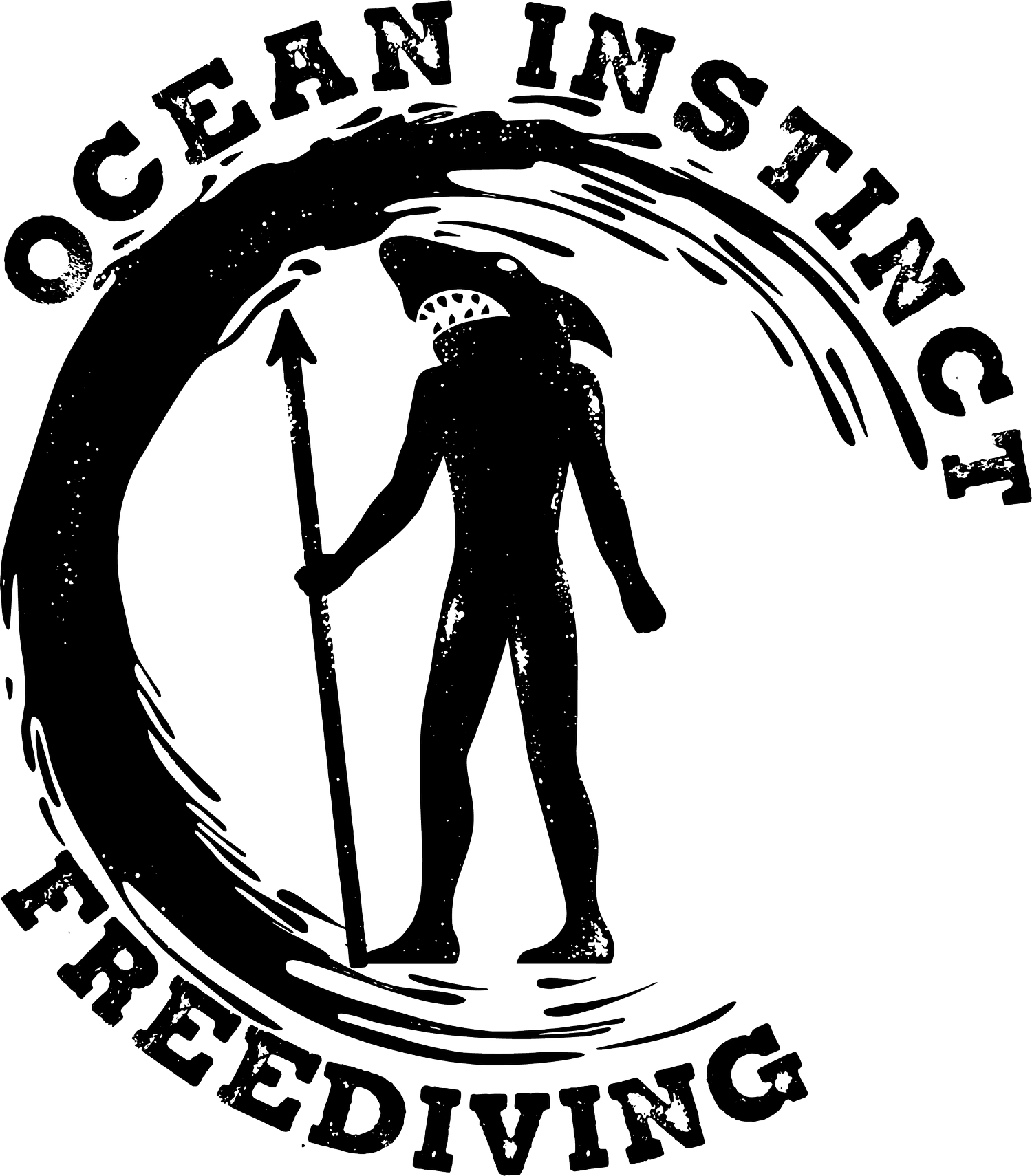Setting up your own freediving buoy
Setting up a freediving float can be a confronting task but it really is quite easy if you have the right equipment. to get started you will need some basic parts of the float.
Buoy
first up is to get a buoy, there are many types of floats that have benefits for different situations. i personally use a polyester fabric coated in PVC skin for my float, other floats may have a non coated base or be entirely fabric without a coating, though less durable they are much lighter and easier draining should you need to carry your float a distance to your dive site or drain quickly to return onto a boat. for the diameter of the buoy I use a larger 700mm skin so I can fit up to 75m of rope inside easily. I would recommend a float this size for your main setup as they are great for storage too as well as doubling as a large rest platform on the surface. inner tubes are generally easy to source with many float makers selling durable tubes with their buoys.
Rope
For ropes I use a 12mm lannex PPV rope , this style of rope has very little stretch but also is very durable making it better for long term as lines can stretch a small amount over time with repeat usage. thicker lines are great for free immersion but also add extra weight. try to avoid climbing ropes as they are very elastic and can become quite heavy when wet. A thicker rope is better for those that practice free immersion or for teaching setups while a thinner rope is generally more preferred for deeper diving due to less weight when pulling up and easier transporting to and from training.
Carabiners
A good set of large stainless steel carabiners will be a good investment for your setup. stainless steel will help reduce corrosion meaning your setup will last much longer before you have to replace anything . Make sure the one that will secure your bottom weight has a lock on it to prevent accidentally losing weights. for under the buoy, a locking carabiner is not necessary to have as you will unlikely have any accidental releases from this point. it is also good to keep a pair of smaller light clips on the sides of your float should you like to secure extra equipment or lines.
Bottom weight/plate
for the bottom of the line a good securing system for your weights is needed. you can use a pre-made strap system that many sellers offer or you can simply use a thick nylon weight belt as a weight strap ( fold it over on itself and create a hole for the carabiner to fit.) most setups shouldn’t require more than 14kg of weight this may change depending on currents and whether you wish to focus on free immersion. for deeper setups you may prefer to not use a bottom plate as it can add to the drag created by your setup however it can be good to practice your tag retrievals and for teaching it also serves as an easy to see visible marker for the end of the line. It is a general safety requirement to set a tennis ball marker at least 1.2 metre from your bottom plate to help prevent lanyard tangles and overshooting the bottom plate, i set my own line to1.5m due to counter my longer arm reach.
PUTTING IT TOGETHER
Here is a short series i have created on how you can measure, mark and set up your freediving float
